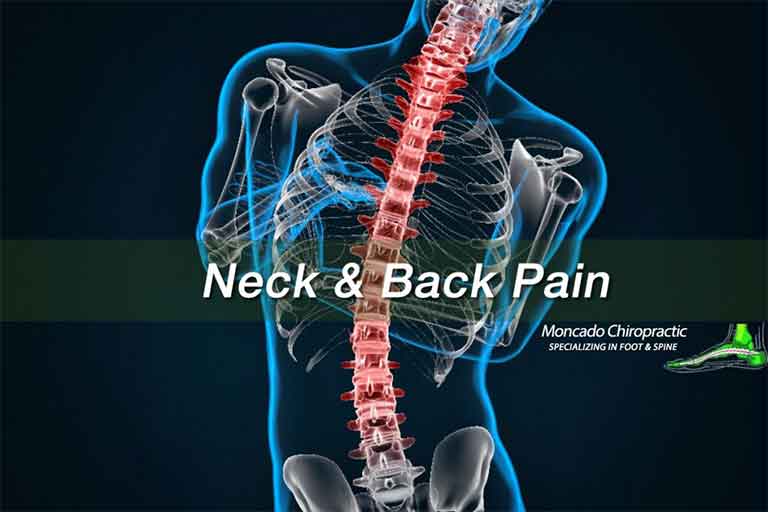Back and neck pain are prevalent throughout the world today and, as a result, can lead to chronic (long-lasting) disability.1 “Among adults, 60% to 80% will experience back pain and 20% to 70% will experience neck pain that interferes with their daily activities during their lifetimes along with 15-20% at any given time.”1 These numbers are startling considering the vast size of the human population along with the fact that most of these occurrences will take place again. The question is, what is the main cause of neck and back pain? The answer is that there isn’t just one specific cause. Below is a list of primary causes and throughout a lifetime an individual will usually experience a combination of these simultaneously.
We live in a world today where smartphones, video gaming, laptops, and overall screen time are far more persistent than at any other time in human history and are likely to continue to increase through the years. As a result, the younger population is developing postural distortion at an early age which then worsens throughout the growth cycle. Remember that the spine is made up of 24 bones called vertebrae. In between these vertebrae are larger bony structures such as the skull, rib cage, and pelvis. How these all line up with one another determines how good or bad posture will be. Many of the activities we are part of today such as computer work and gaming can easily develop postural problems over the course of time.
Ergonomics, simply put, is how one’s work environment affects the work performance and the individual both mentally and physically. For example, if an office setting has poorly constructed chairs that do not provide sufficient support, this, in turn, can lead to poor posture and spinal distortions. Looking at a computer for prolonged amounts of time can cause the head and neck to slouch, leading to neck problems and shoulder tension.
Car accidents, falls, and sports injuries are some of the most common types of traumas that can cause major damage to the spine and neck. If problems such as whiplash or head injuries aren’t treated properly, they can lead to further issues later in life such as chronic pain and arthritis, along with many other issues that can affect overall health. Many times, an individual may not feel pain or discomfort immediately after a fall or accident takes place until the body settles down well after the incident took place. The pain from the underlying damage can appear several days to several weeks later. This makes getting the spine and neck checked for subluxations (distortions, misalignments of the joints) critical after an accident in order to make corrections quickly so the body can properly heal.
Neglecting the spinal alignment and posture for many years can lead to damage to the joints of the spine. Subluxations and postural distortion many times will develop slowly and sometimes without pain right away. Postural subluxations in the spine can lead to structural problems such as degeneration of the discs and cartilage between the vertebrae (bones of the spine). However, it doesn’t stop there. Subluxations can adversely affect the nervous system and its function in the rest of the body. This then creates what would be known as a functional type of problem. Having a healthy nervous system is very important to everything that occurs within the body. Thus, just like we regularly have our teeth or eyes checked, we owe it to ourselves to have our spinal and neck joints checked regularly. This allows making sure the bones are lining up with one another nicely, along with how they move. This ensures they have the chance to stay healthy throughout their lifetime. Unfortunately, many of us wait until the damage is beyond repair and very little to nothing can be done. Don’t wait! If you’re experiencing neck pain, headaches, spinal discomfort, or just overall poor health, make an appointment right away. It’s always better to prevent than to wait until a chronic condition has developed into a long-term problem.
1.Sinnott PL, Dally SK, Trafton J, Goulet JL, Wagner TH. Trends in diagnosis of painful neck and back conditions, 2002 to 2011. Medicine (Baltimore). 2017 May;96(20):e6691. doi: 10.1097/MD.0000000000006691. PMID: 28514286; PMCID: PMC5440123.
